Advertisement
10 Facts About Sleepwalking
Advertisement
Sleepwalking happens when there's a disconnect between body sleep and mind sleep. Defined as a parasomnia—an undesired event that occurs during sleep—it often involves simply walking around for a short period and is mostly harmless. However, sometimes sleepwalking episodes can include actions like eating, talking, using the bathroom, or even driving, which can be dangerous.
Sleepwalking Is More Common in Childhood Than in Adulthood
Children aged 3 to 12 have the highest rates of sleepwalking, with up to 16.7% experiencing episodes. As kids grow into teenagers and adults, they're less likely to sleepwalk. A 1997 study published in The Journal of Neurology examined 11,220 people aged 33 to 60. The study found that 3.9% of adult men and 3.1% of women had sleepwalked. Interestingly, those who sleepwalked as children were more likely to continue as adults. Among adult male sleepwalkers, 88.9% had a history of childhood sleepwalking, and among females, it was 84.5%.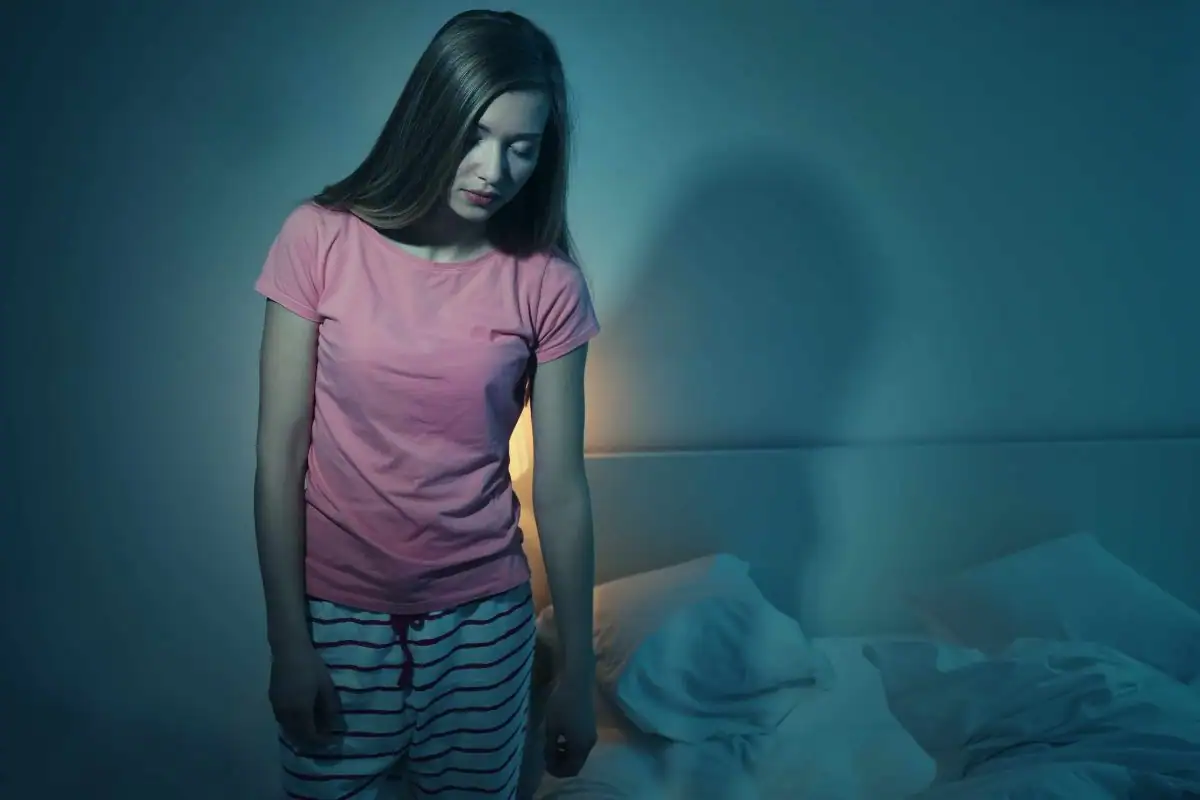
Advertisement
Sleepwalking Is Genetic
If your siblings or parents have experienced sleepwalking or night terrors, you're more likely to experience it too. A study in The British Journal of Psychiatry found that 80% of sleepwalkers had a family member who also sleepwalked, and 96% of those with night terrors had affected family members. Sleepwalking is more common and less severe than night terrors, but both share a genetic predisposition. For twins, if one sleepwalks, the other is five times more likely to do the same. Even though sleepwalking is hereditary, environmental factors play a role, which is why one child might regularly sleepwalk while a sibling does not.
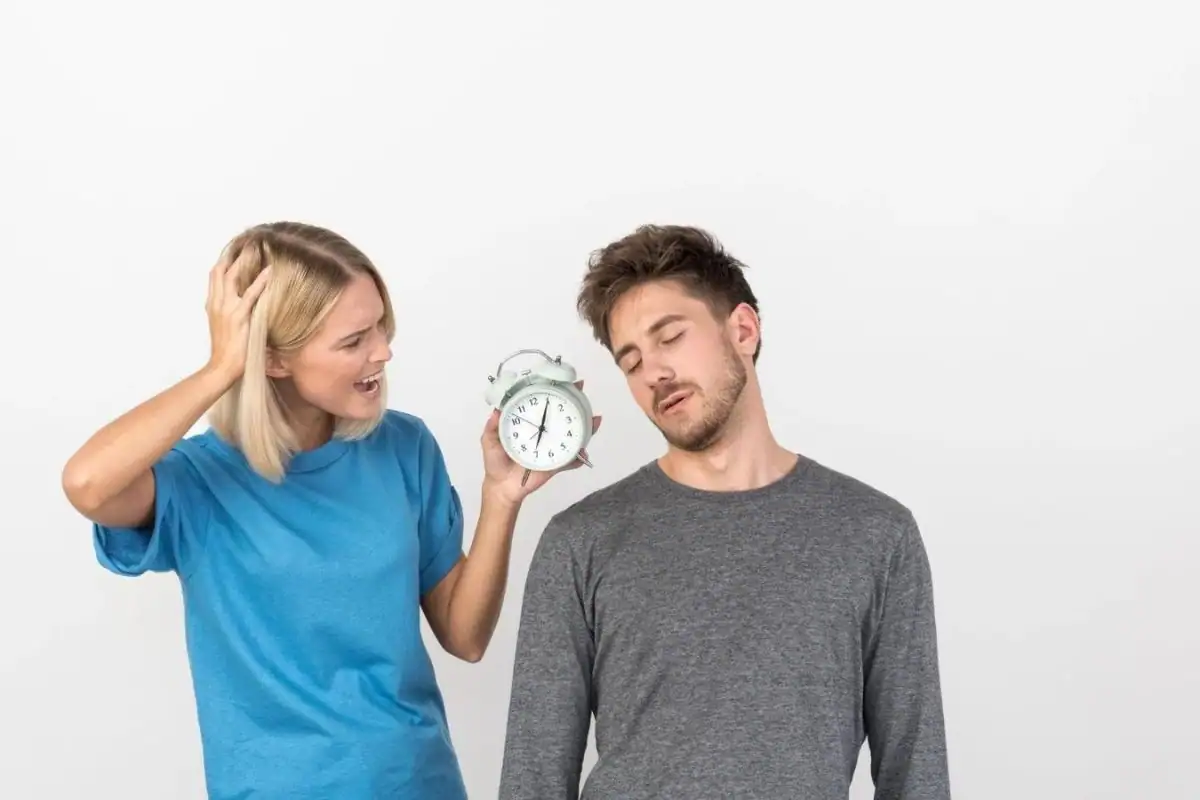
Advertisement
Sleepwalking Is Usually Triggered by Something
More often than not, there's a reason behind sleepwalking. It isn't typically an automatic action that happens without cause. Night terrors, medications, or alcohol can trigger episodes. Sometimes, a person might even recall sleepwalking, and while their actions may not make sense when they're awake, they seemed logical at the time.

Advertisement
You Can Guide a Sleepwalker Back to Bed
Contrary to popular belief, waking a sleepwalker doesn't harm their health. However, there have been cases where the sleepwalker woke up disoriented enough to react aggressively, especially among males. Adults who sleepwalk might be in danger of walking outside or even driving, so they shouldn't be left alone. Instead, try to gently coax the sleepwalker back to bed without waking them.

Advertisement
The Sleepwalker May Appear Awake
Sleepwalkers often have their eyes open during an episode and may even engage in conversations. This makes it tricky to determine if they're awake or asleep. You might not realize they were sleepwalking until the next day when they have no memory of the conversation. If the person doesn't recall that period, it's likely they were sleepwalking.
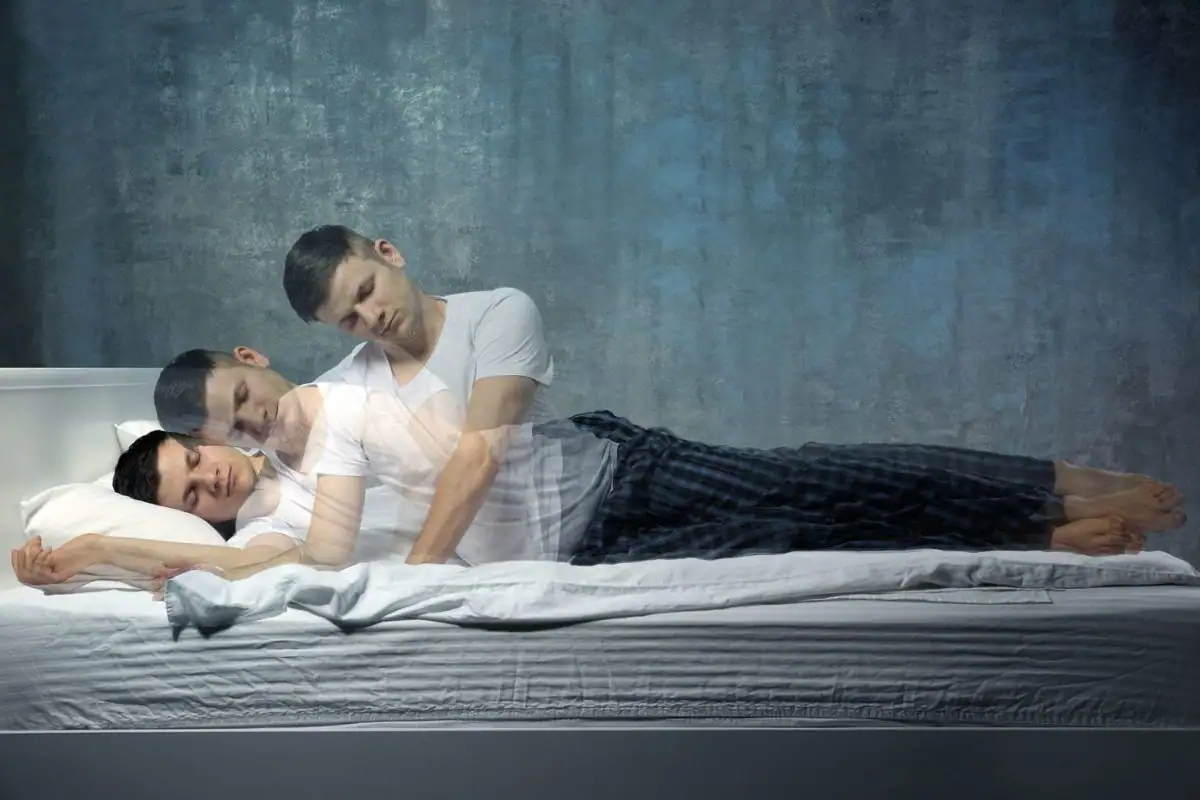
Advertisement
Sleepwalkers May Feel Tired the Next Day
Even if they don't remember the episode, sleepwalkers might feel more tired the following day due to interrupted sleep. According to a study, teens who had sleepwalking episodes performed worse on alertness tests than those who didn't. Another study on adults found that sleepwalking is strongly linked to daytime sleepiness, known as somnolence.

Advertisement
Sleepwalking Can Be Prevented
People with unhealthy sleep routines are more prone to sleepwalking. To help prevent episodes, establish a regular bedtime routine. Avoid screens at least an hour before bed and engage in relaxing activities like reading. Go to bed and wake up at the same time each day, and try to skip mid-day naps. Limiting caffeine to morning hours can also make a difference.

Advertisement
People with Other Disorders Are at Higher Risk of Sleepwalking
Sleepwalking is often triggered by underlying psychological conditions. Those with psychiatric disorders or depression are 3.5 times more likely to sleepwalk than those without. People with sleep apnea also have a higher risk. Additionally, alcohol abuse, drug use, and certain prescription medications can increase the likelihood of sleepwalking episodes.
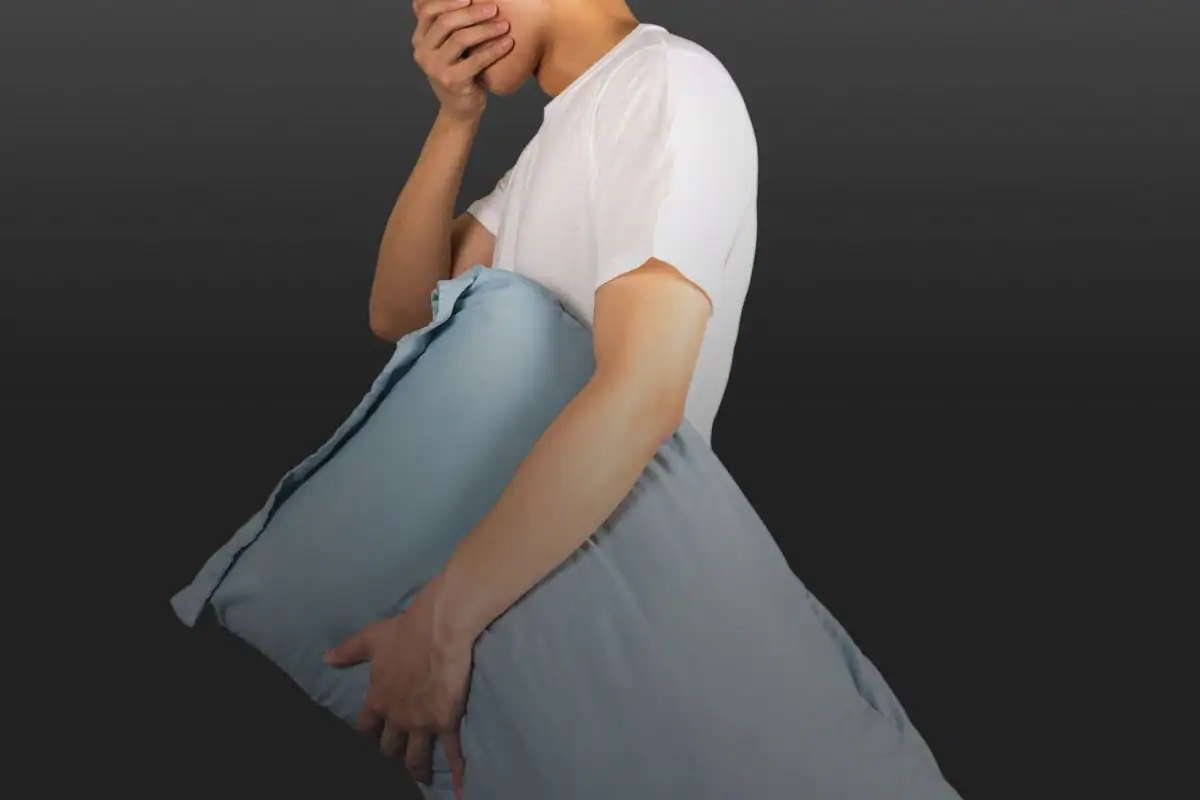
Advertisement
The Brain Doesn't All Sleep at Once
Studies show that when we fall asleep, different parts of the brain may remain awake or fall asleep at different times. Sleepwalking engages the part of the brain responsible for complex behaviors, which stays awake. This means a person might repeat familiar daily activities but won't do anything entirely new. Meanwhile, the decision-making part of the brain remains asleep during sleepwalking.
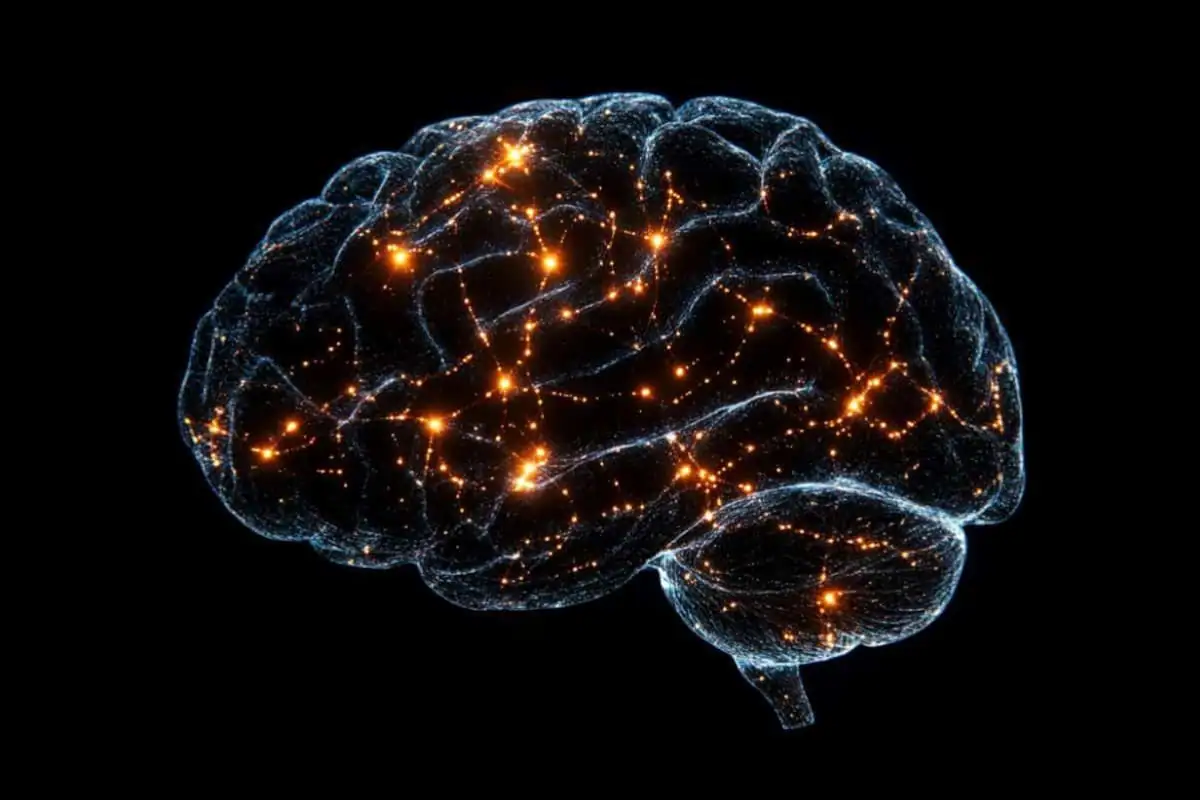
Advertisement
There Are Different Types of Sleepwalking
The most common type of sleepwalking occurs during the first third of the night in non-REM sleep—a lighter sleep stage that usually doesn't involve dreams. In this state, the person acts out normal daily activities. Another type, though not technically sleepwalking, happens during REM sleep and is called REM Sleep Behavior Disorder (RBD). In RBD, a person is usually dreaming and acting out the dream, sometimes with their eyes closed. RBD can be an early sign of neurodegenerative disorders like Parkinson's disease.
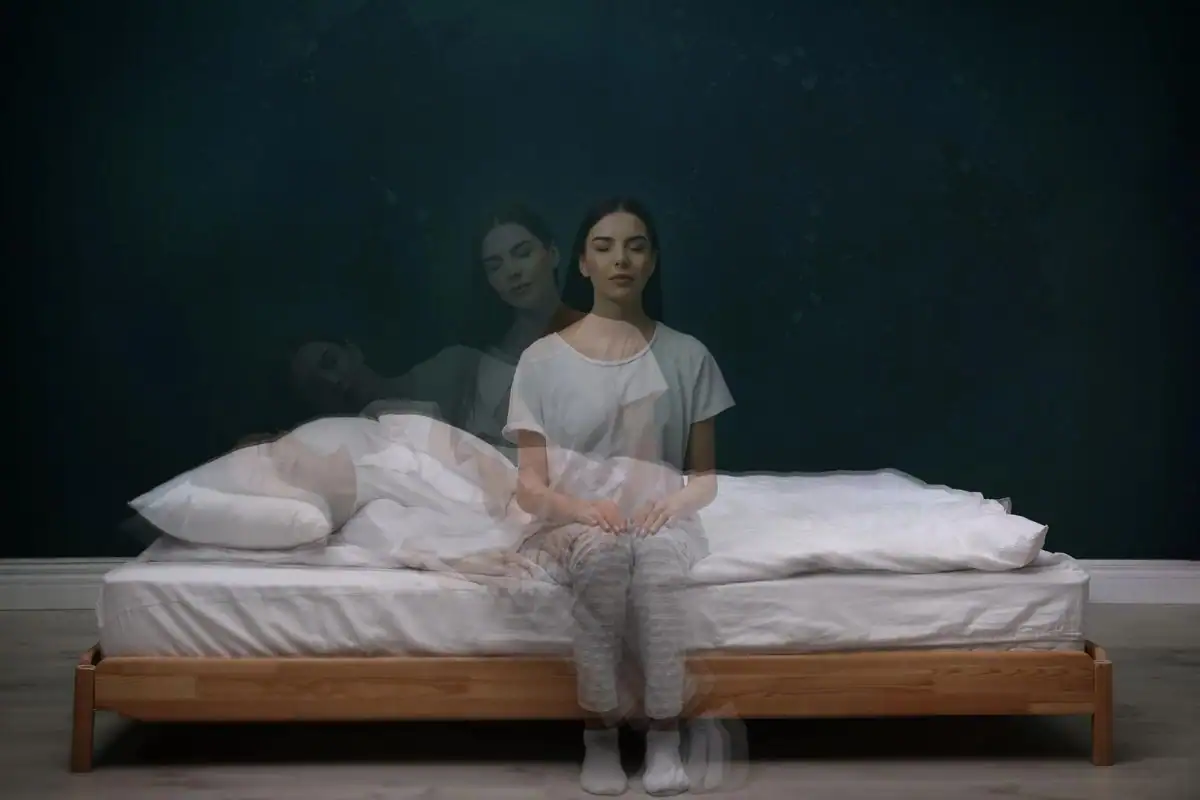
.png)




